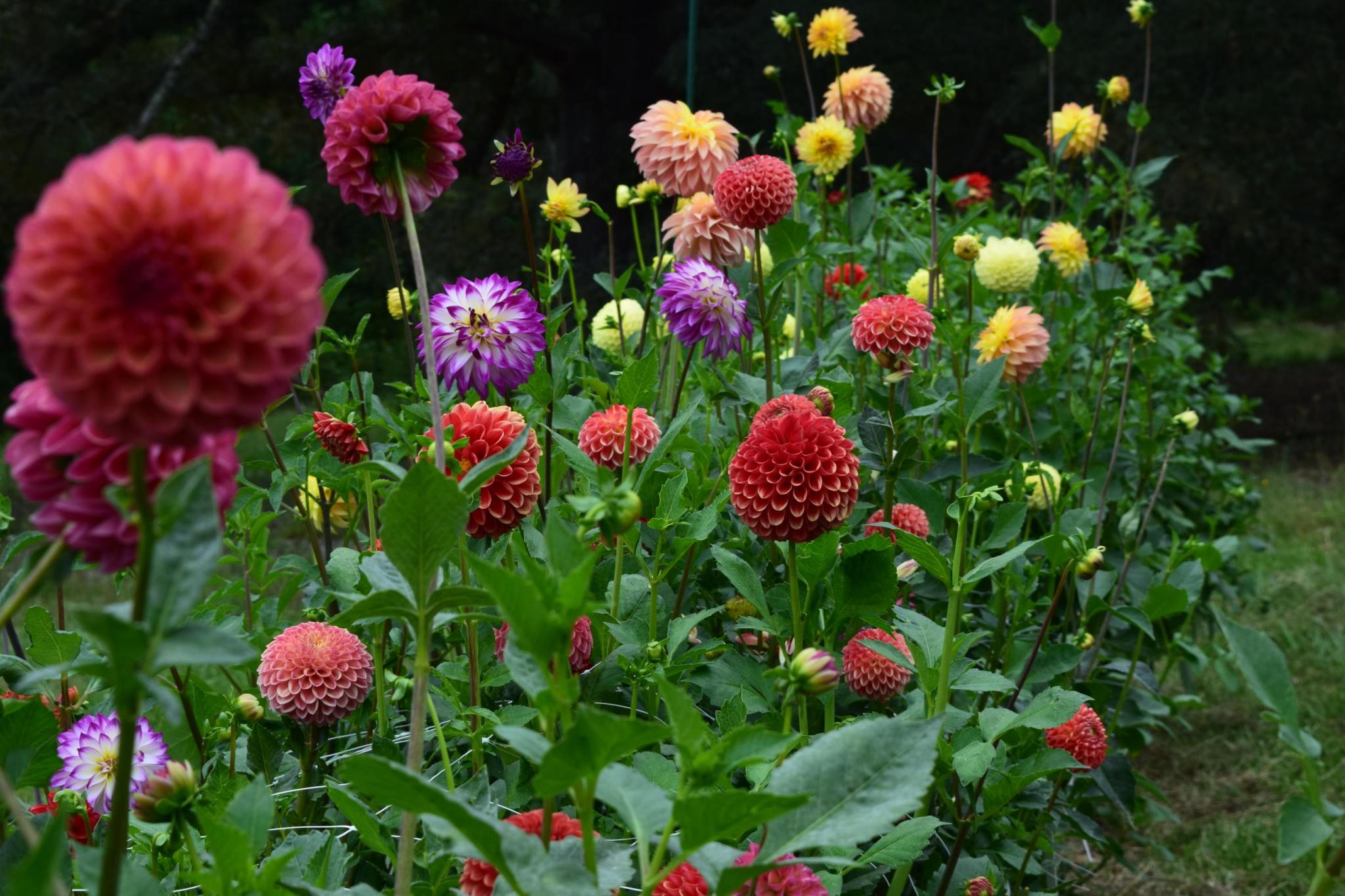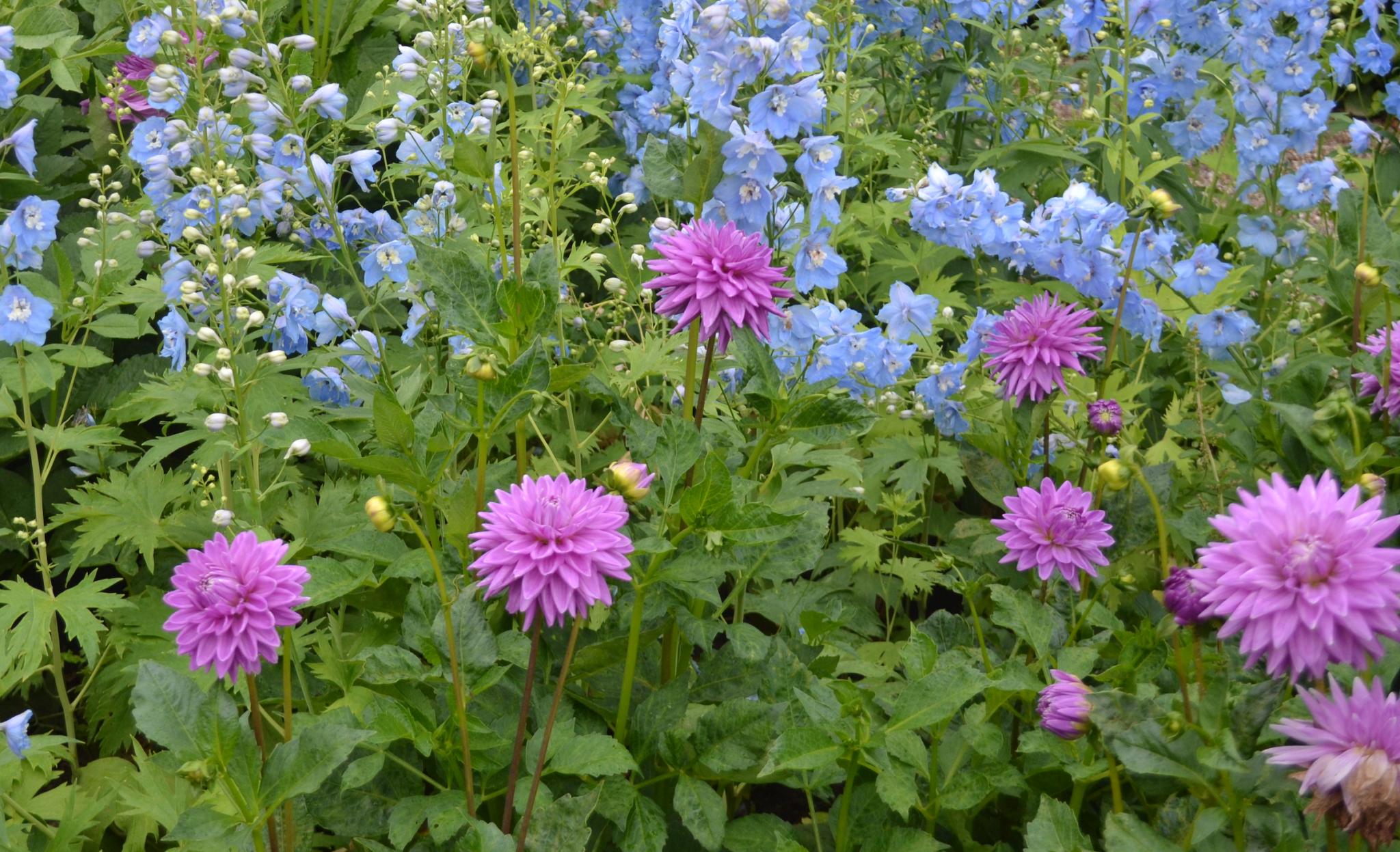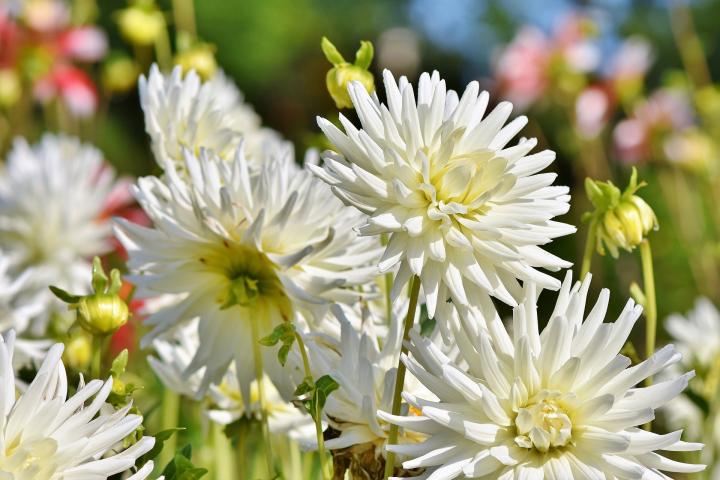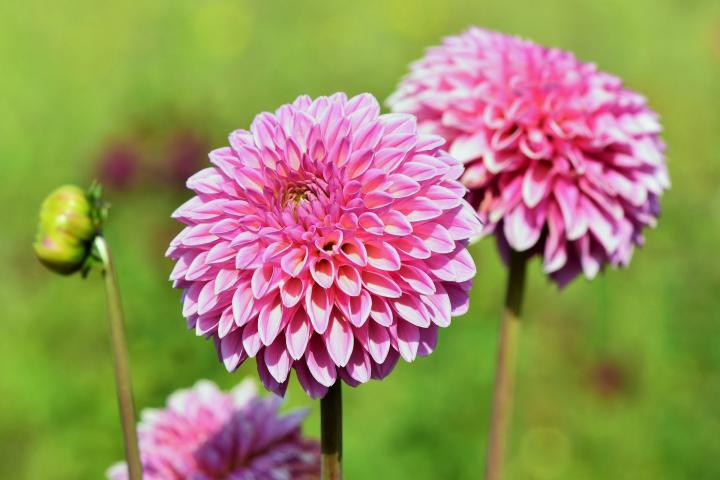
How to Plant, Grow, and Care for Dahlias
ADVERTISEMENT
I live near Portland, OR. Do I need to lift my dalias?
Check your hardiness zone. If you are in 7 or above, you should be alright leaving them in the ground.
Six years ago, I bought a package of seed dahlias and planted them in an area in front of our house which is somewhat protected from the weather. The first year they bloomed and were about six inches high. Since then, they have spread over the area and bloomed on their own producing beautiful variety of colors. I have never dug them up after blooming but left them alone. The plants are 12 inches to 3 feet high. I didn't think dahlias spreads. What type of dahlias are these?
We’ve only grown dahlias from tubers, is is tradition. However, it is true that that the dahlia flower will produce both seeds and tubers when grown so you could propagate from either. It doesn’t matter which type of dahlia because the tubers will always and consistently produce copies of their “mother” dahlia, but the seeds will not. According to the American Dahlia Society, dahlia seeds will produce varieties different from the parent plants, so propagation from seeds is used primarily to develop new cultivars. Think of it as the dahlia “mother” reproducing with any plant “father” whose pollen an insect carried to the mother. Therefore, it’s not surprising you had a diverse variety of children, since they had the same mothers but different dads. The seeds you plant will never grow true to type but that’s part of the adventure.
I’m in California—how many years can dahlias stay in the ground before you need to divide? Three years?













Comments